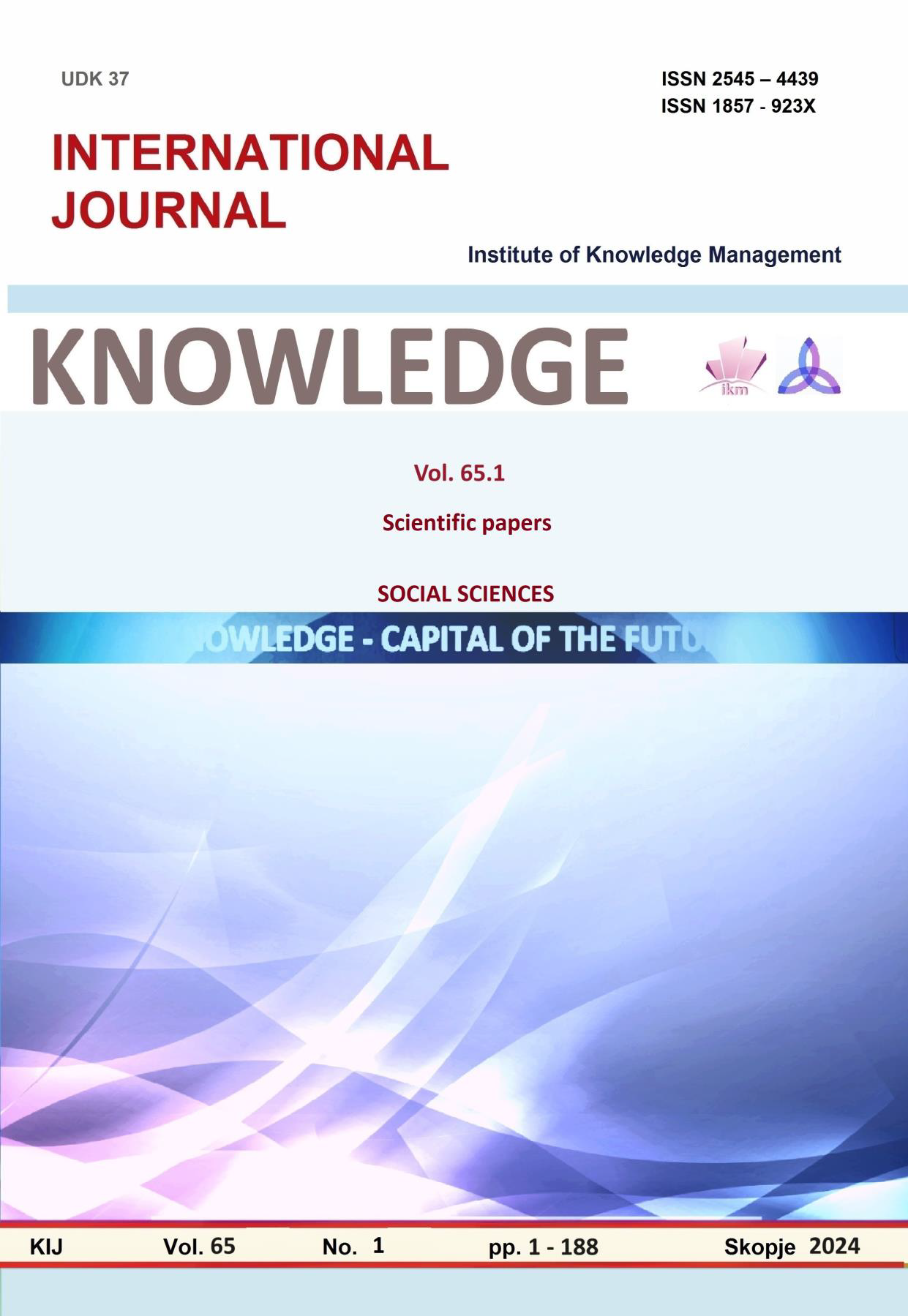KEY ELEMENTS OF SUCCESSFULLY TRANSFERRING MILITARY TECHNOLOGY BY A FOREIGN MANUFACTURER INTO THE UPCOMING MODERNIZATION OF THE INDIAN DEFENSE SECTOR
KEY ELEMENTS OF SUCCESSFULLY TRANSFERRING MILITARY TECHNOLOGY BY A FOREIGN MANUFACTURER INTO THE UPCOMING MODERNIZATION OF THE INDIAN DEFENSE SECTOR
Author(s): Petar Nikolov ValkanovSubject(s): Politics / Political Sciences, Politics, Social Sciences, Economy, Education, Security and defense, Peace and Conflict Studies
Published by: Scientific Institute of Management and Knowledge
Keywords: transfer of technology;management;Ministry of Defence;India
Summary/Abstract: With an estimated 225 billion United States dollars to spend on military modernization over the next three years (Choudhary, 2024), India has become one of the world’s most attractive markets for defense equipment producers. Consequently, a large number of foreign investors are stepping in the Indian defense production industry but due to the local specific regulatory, cultural, managerial, administrative and legislative environment, they have contributed their funds in the sector without having a clear overview how to enhance their returns on such ventures. This article wishes to analyze the present situation in India and possibilities of drawing a roadmap on how an outside supplier of military technology can penetrate the market as a supplier to the local Ministry of Defense. Due to these incentives, in order to give appropriate guidelines to successfully transfer technology, this article looks into a variety of tools and models which analyze how a potential transfer should be executed. This research considered academic models applied in a similar manner in the same region or in similar industries. As a result the study triangulated the model’s eligibility and applicability to the Indian reality and cross-validated them with the interviews conducted with the experience and knowledge of people in the industry. According to the Ministry of Defense of India (2024) which states that India was far too long depended on foreign suppliers for its military equipment and that the desire to achieve self-sufficiency has always been present. They believe the obstacles which are stopping them are: their inability to absorb resources properly and their inability to adopt technology correctly on their own. The abovementioned incentives have attracted a number of foreign investors to step in India defense production industry (Bhowmic, 2012). However, due to the local specific regulatory, cultural, managerial, administrative and legislative environment, lots of foreign investors have contributed their funds in the sector without having a clear overview how to enhance their returns of such ventures (Baskaran, 2004). According to members of the Center for Strategic and International Studies (Lombardo & Ben-Ari, 2011) the announced by the Indian Ministry of Defense strategic ambitions to start producing 70 percent of their required military equipment domestically by the end of this decade, rather than the 30 percent it is currently manufacturing, is driven by two main elements namely: a desire to boost defense-related domestic industry sectors and the belief that satisfying their own defense requirements is a characteristic of being a global power. Furthermore, the same scholars indicate that the previous attempts for generating domestic defense manufacturing on a sufficient level were postponed by the nation’s ambitions to possess high-end military technology composed of foreign equipment. Supporting these ambitions in January 2024 the Indian government released its Defense Production Policy (Confederation of Indian Industry, 2024) which supports the agenda for supporting the domestic defense industrial base, rather than focusing in procurement documents for future purchases from foreign suppliers.
Journal: Knowledge - International Journal
- Issue Year: 65/2024
- Issue No: 1
- Page Range: 145-151
- Page Count: 7
- Language: English

